Understanding Microsoft Advertising’s Feed-based Audience Campaigns
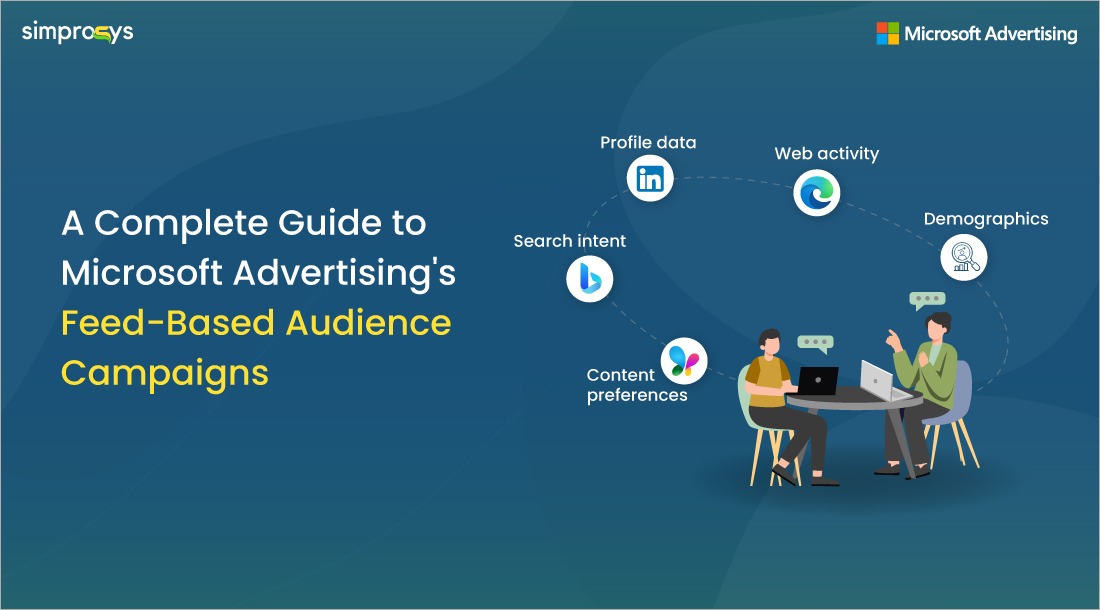
What are Feed-based Audience campaigns in Microsoft Advertising?
Microsoft Advertising’s Audience ads can be either feed-based or image-based. Feed-based audience campaigns offer e-commerce merchants an effective way to increase the visibility of their products. They allow both display and native formats for your product listings. To put it simply, a feed-based campaign in Microsoft Advertising generates these advertisements mainly using your product data feed.
These campaigns use the existing product feed to expand your reach beyond traditional search without requiring you to design new creatives for your products. The ad placements include sites like MSN, Microsoft Outlook, Microsoft 365, Microsoft Casual Games, and more.
Consider it this way: You give Microsoft Advertising your product catalog rather than creating separate ads for each product. The AI then matches your products with the interests and behaviors of potential customers and displays relevant ads when and where they’re most likely to engage. This means you can reach a broader audience and increase your chances of conversions by saving time and effort.
In this blog, we’ll discuss how these campaigns work, their key benefits, and why they’re a valuable tool for e-commerce marketers who wish to maximize impact across multiple ad formats in Microsoft Advertising. We’ll also explain how it can be utilized at every stage of your marketing funnel.
Key features of Feed-based Audience campaigns
- An optimised product feed: You need an optimized product data feed to get started.
- Shows ads in different places: Your product ads can appear on Microsoft Advertising Audience Networks. [websites (display) and in content that looks natural on those sites (native)]
- Smart matching with AI: Microsoft Advertising’s AI identifies the products from your feed that are most relevant to people based on what they’ve been searching. This helps them show the right ad to the right person at the right destination.
- Expand your reach: By using your existing product feed, you can show your products to more people beyond just those searching on Microsoft’s search engine.
How does it differ from other Microsoft Advertising campaigns?
Now that we’ve covered the features, let’s see how these campaigns differ from other types.
Firstly, a product feed is a crucial part of feed-based campaigns. The system creates ads using the list of your products that you submit. It’s not the same as standard search campaigns, which rely mostly on keywords to trigger ads. It also differs from Performance Max Campaigns, which depend on Microsoft Advertising’s machine learning algorithms that are totally automatic.
Secondly, feed-based campaigns are made especially to function in native and display placements. These campaigns are by default focused on these visual formats, using the product data feed to create visually rich ads in these spaces. At the same time, other campaign types may offer options for display network extensions.
Feed-based campaigns automatically match users with products in your feed that they showed interest in based on Microsoft Advertising’s AI intent signals.
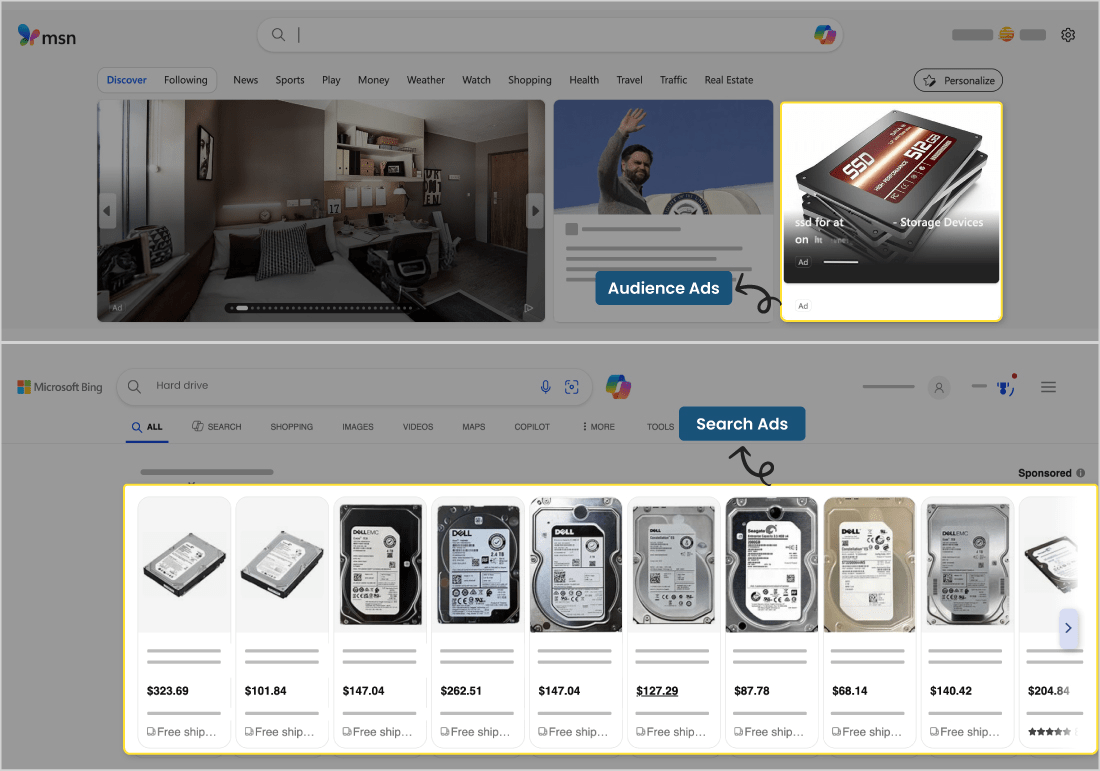
Why use Feed-based Audience campaigns?
Running this campaign in Microsoft Advertising has the following main advantages:
Broader Reach: Feed-based campaigns help you to advertise your products to audiences on display and native placements in addition to search results. So, you can connect with potential customers who may not be actively searching for your products but may be interested in them as per their online behavior.
Uses Unique Audience Intelligence: Microsoft Advertising uses unique audience data collected from billions of first-party data points throughout its properties. You can reach potential clients by using this information, including demographics, search intent, web activity, profile data, and content preferences.
Personalized Advertising with AI: The campaign can match users with particular products in your feed that they showed interest in when paired with Microsoft AI intent signals. This increases the possibility of engagement and conversion.
Increased Site Visits and Conversions: Microsoft’s AI may boost feed-based audience ads’ exposure across multiple formats (native and display), which can result in a gradual increase in site visits and conversions.
Nurturing Customers Throughout their Journey: These campaigns aim to help you reach the appropriate customer and nurture them at every stage of their journey, which includes awareness, consideration, conversion, and re-engagement.
Running these campaigns will help you achieve your marketing goals, such as maximizing reach and conversions, while efficiently using your marketing budget.
How do we use it at every funnel stage?
Feed-based campaigns of Microsoft Advertising can be used at different phases of the marketing funnel. Let’s see how.
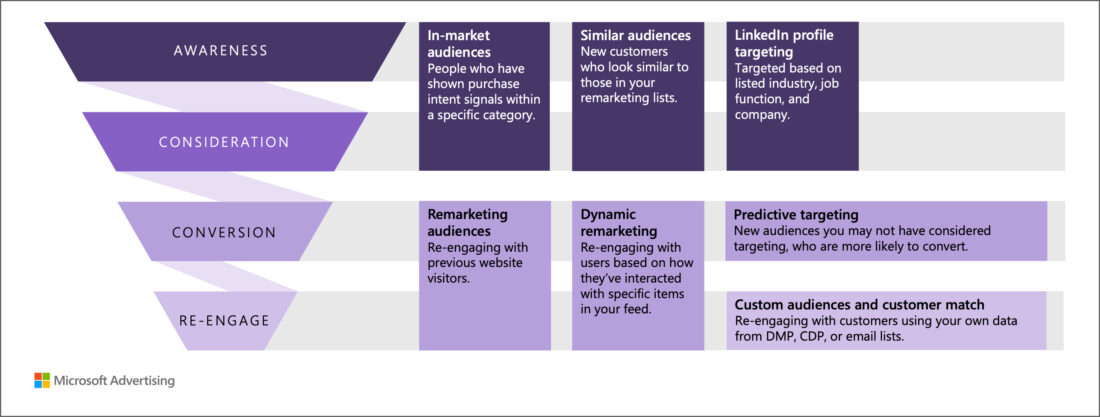
Awareness: Showing the products to a large audience is your goal, generally during the awareness stage. The feed-based audience ads can be widely seen due to their placement on display and native networks, which helps raise awareness among the relevant audience.
Consideration: During this phase, potential customers are mostly researching and comparing their shortlisted options. This campaign can be useful during this stage in displaying those products that match users’ search intent and preferences.
Conversion: Your goal during this stage is to convert potential customers into paying customers. The main objective of feed-based campaigns is to “sell products,” and it’s directly linked to your product feed.
Re-engagement: This stage aims to retain customers and promote recurring purchases. Dynamic remarketing and Customer Match are key elements of this campaign. Users can be encouraged to purchase by reminding them of previously viewed items.
Whether TOFU, MOFU, or BOFU, feed-based ads are flexible and can be used at any stage of the marketing funnel.
Audience Targeting Options for Feed-Based Campaigns
This campaign offers various audience targeting options. These options allow you to reach specific user segments. Here are the audience targeting options:
- In-market audiences
- Remarketing audiences
- Dynamic remarketing
- Similar audiences
- LinkedIn profile targeting
- Predictive targeting
- Custom audiences and customer match
These audience targeting options can be applied to your campaigns to refine your reach beyond the initial broad approach. More details about audience targeting and bidding options shall be covered in the upcoming blog posts.
When are Feed-based campaigns not ideal?
Such campaigns may not be ideal in the following scenarios:
- Non-product-focused businesses: If a business aims to generate leads, build brand awareness, or promote informational content rather than sell products, feed-based campaigns may not align with their goals.
- No product feed available: These campaigns require an active product feed, like a Microsoft Merchant Center feed. Without one, they cannot be used.
- Search-intent-driven strategies: Businesses focused solely on high-intent search traffic and keyword-based ads might find standard search campaigns more effective.
- Small or frequently changing inventories: Managing feeds for limited or rapidly changing products might be inefficient compared to simpler campaign types.
In short, these campaigns are best for businesses with a product catalog aiming to sell across multiple networks. If that doesn’t fit, other Microsoft Advertising options may be more suitable.
A few important tips to remember during setup:

What if you could create this campaign in just a few clicks?
So, as the name suggests, “a product feed” is the backbone of feed-based campaigns. What adds to the ad performance would be an optimized and well-managed product feed. The moment we talk about feed management and optimization, the Simprosys Shopping Feed app for Shopify can definitely be your savior. Not just that! You can even create this campaign directly from the app’s interface. So, enough of toggling through interfaces. Instead, easily manage everything just from one place with Simprosys.
Final thoughts: Why are they worth trying?
By using your current product feed, you can extend your reach beyond search to high-engagement display and native placements. Site visits and conversions could rise significantly with this multi-format campaign.
Feed-based audience campaigns do well at linking with a valuable audience by utilizing Microsoft Advertising’s distinct audience intelligence along with permissioned first-party data, content preferences, search intent, and online activity. This enables you to contact the right customer at the right time at the right destination.
In the end, these campaigns give you the flexibility to customize your approach to your specific advertising goals, whether to maximize your reach or conversions.
If you’re ready to explore Microsoft Advertising’s feed-based Audience campaigns, please let us know in the comments below.



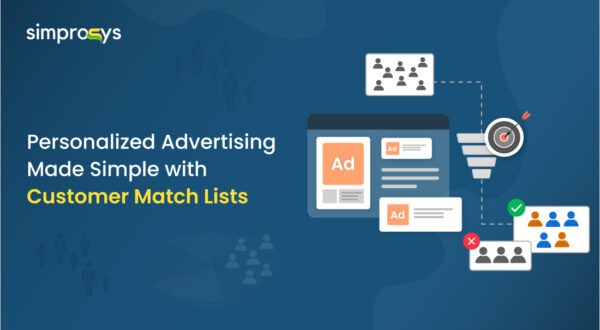
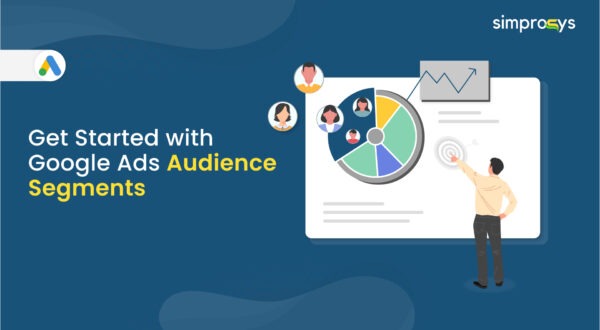
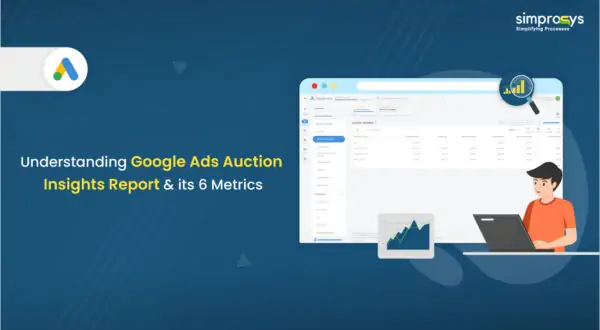
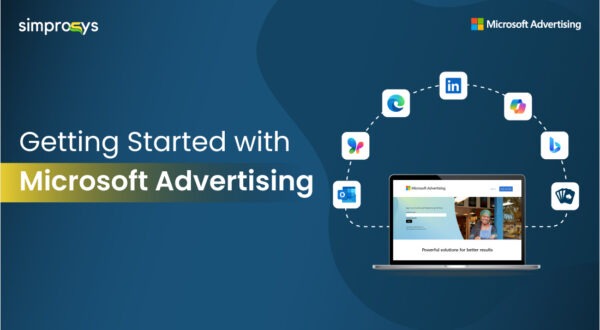
Leave a Reply